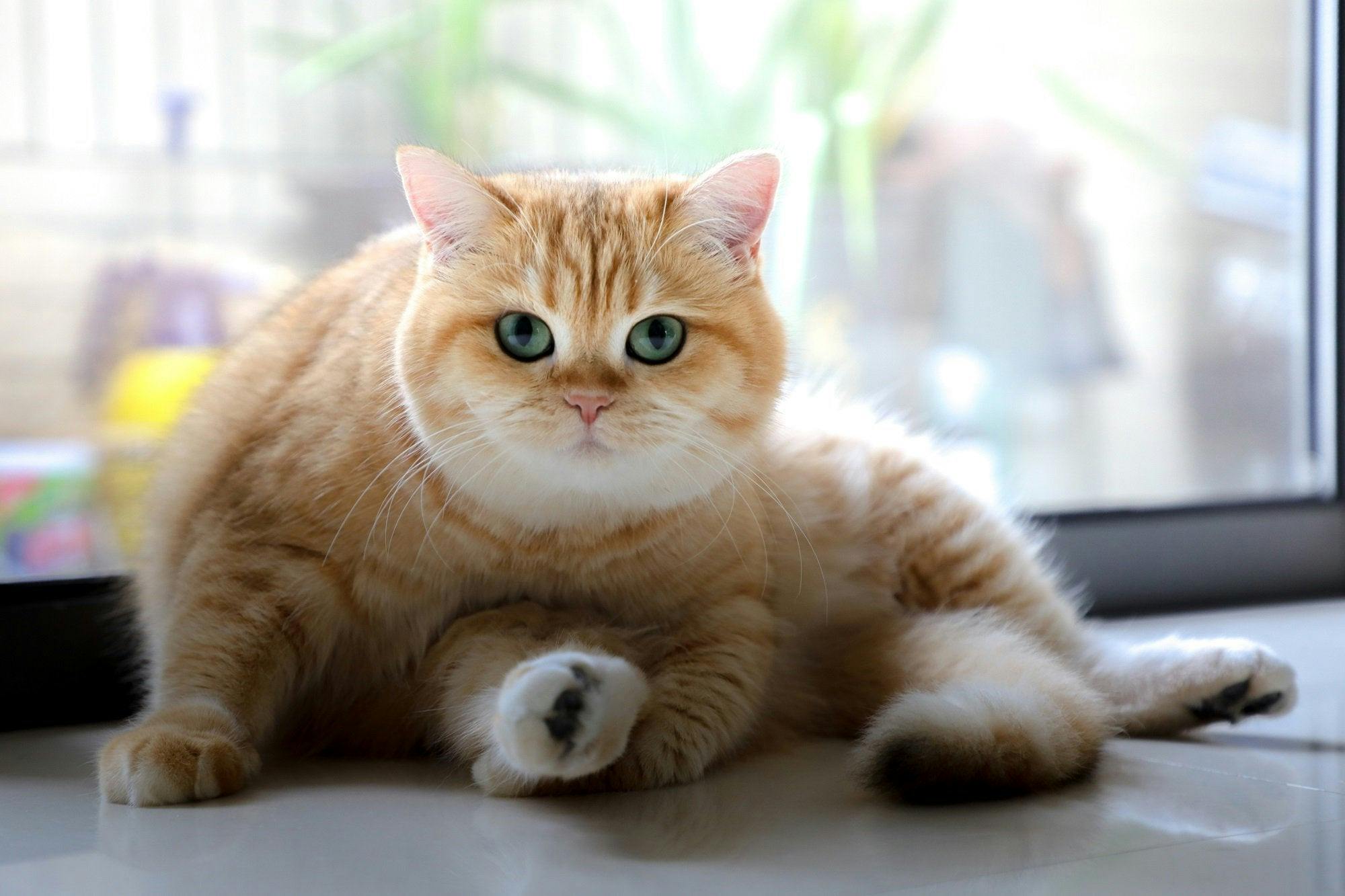The mission of our work as a cat genetics company is to decipher the secrets of feline genetics and find new answers and solutions in feline science and health. In light of this, we often get urgent questions from our pet parents who’ve decided to DNA test their cat companions. The most frequently asked questions concern the breed index section of our cat DNA report.
To help you understand your cat's DNA report and why they may have been matched with breeds you didn't expect to see in the report, here is a short guide through feline domestication, breeding, genetics and laws of inheritance.
The early beginnings: domestication and breeding
Cats first began ‘domesticating’ humans approximately 9,000-10,000 years ago during the advent of agriculture and the sudden expansion of the rodent population. Since rodents were a favored prey for smaller wildcats, the abundance of 'easy prey' attracted some of these wildcats to live closer to people. The more docile wildcats began being adopted into society when the early farmers realized the ability of these wildcats to control the pesky rodent problem.
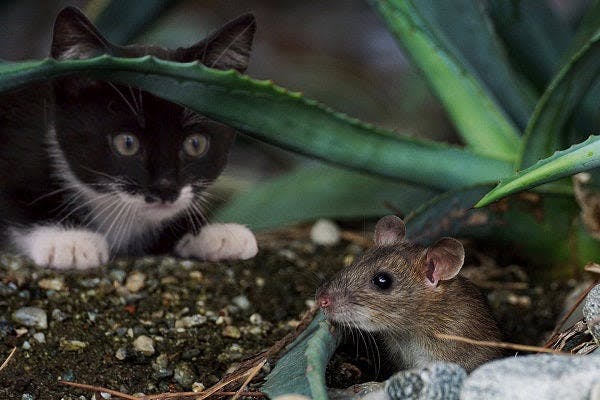
Cats were kept strictly to control the rodent populations and were never purposely domesticated for special tasks like dogs. It wasn't until the late 1800s that cats started to be bred for specific traits and attributes. Which means most cat breeds are actually less than just 200 years old – far from ancient royalty. This is why the vast majority of modern cats are polycats, and the breeds are actually just unique descendants from the polycat population, rather than the other way around.
Dogs, on the other hand, were bred for numerous specific tasks and traits everywhere around the world for centuries. The long period of domestication and specific breeding programs allowed each canine breed to develop unique, breed-specific DNA markers. DNA markers, or genetic markers, are specific sequences of the DNA with a known location which can be used to identify species, breeds or individuals. These breed-specific markers found in dog breeds allow canine geneticists to precisely identify each breed that contributes to a genetic profile of a mixed dog.
Since feline domestication occurred so much later, cat breeds are simply not as genetically isolated and unique as dog breeds. This is also why we can't determine precise percentages of purebred cats lurking in the genes of a polycat. However, thanks to the new advances of DNA technology, we are able to define which regions of a mixed cat's genome correspond to the genomic regions of purebred cats and in this way identify which cat breeds are genetically most closely related to your particular polycat. We present this estimation in a chromosome map, where we calculate the percentage of genomic similarities to the purebred cats in our pedigreed database and present the top matches for your cat.
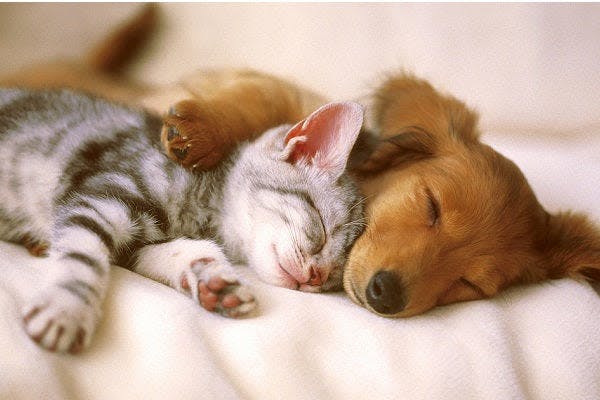
Understanding your cat's report: why doesn't your cat ALWAYS physically resemble its top breed matches?
The first step to truly understanding your cat's DNA report is familiarizing yourself with the basic terminology you will encounter within it. When explaining your cat's DNA results, we often use a number of genetic terms such as genome, genotype, and phenotype. A genome is the complete genetic information required for the functioning of an organism and it is stored in the DNA molecule. The portion of the genome which encodes a particular trait is called the genotype and the physical expression of that trait is the phenotype.
The actual result of the genotype expression is largely impacted by the environment. Thus, phenotype comprises of all the observable characteristics of an organism which are influenced by both the genotype and the environment. It is important to remember that the observable characteristics are not just the physical appearance, but also all the proteins, cells, organs and systems which compose the body.
The expression of genetic information is highly influenced by numerous factors other than the genes themselves, therefore it is impossible to precisely predict the final resulting phenotype based on the genotype. Genetic information simply offers the potential to form a certain trait, but this will be further shaped by a large number of factors. This is why it is possible for your cat to carry a certain genetic marker, but not express it in the same way as it may be expressed in another cat.
A great example of this is "CopyCat" or "Carbon Copy". CopyCat, or CC for short, is the first cloned pet who was created from the DNA of a cat named Rainbow. Although genetically identical, the two cats looked nothing alike! The most obvious difference being that Rainbow was a calico shorthair, while CC turned out to be a tabby shorthair. The owner reported a number of other differences, including that their personalities couldn't be any more different. Visit here, to learn more about how and why two genetically identical cats can end up being so different.
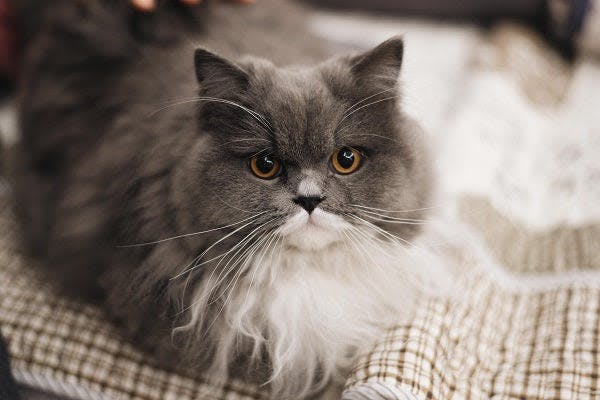
When we analyze your cat’s DNA and match them to breed-specific markers, we produce results of breed influences or potentials that were lying under the surface. This means that sometimes, they won't actually manifest in a physical form that we can see, or they manifest differently compared to other cats. A lot of times this influence from a specific gene can be simply escaping our eyes. For example, we may not be able to observe the influence of a Maine Coon in your cat's size or coat type, yet it is possible that the DNA your cat has in common with this breed is actually linked to a different trait such as a disease predisposition or a personality characteristic.
The greatest example to help visualize just how subtle a genetic impact can be on your cat's phenotype is the Fibroblast Growth Factor 5 (FGF5). FGF5 is a gene that determines a cat’s hair length. One variant of this gene encodes a long coat, and the other variant determines a short coat. This drastic physical difference between short-haired and long-haired cats which you can observe with a naked eye is determined by this one single tiny genetic change! Now imagine all the possibilities hidden within your cat's DNA which impact all the little details of your cat's body that we often miss to observe or measure. It's rather mind-blowing, isn't it?
The evolution of your cat's DNA report
The era of feline genomics has only just started. To help you enjoy this journey of discovery with us, your breed report will be continually updated as we gather new information. Right now, your breed report produces a chromosome map breakdown by genetic region, as well as genomic similarities to the purebred cats in our pedigreed database (Figure 1). These similarities may provide you with some insight into the genetic basis of your cat's appearance, traits or behaviors and help you #GetToKnowYourCatBetter inside and out. The report currently includes the following breeds categorized into 4 main groups: Western, Eastern, Persian and Exotic. You can find the complete list of breeds here.
In the near future, as our database expands, we will be adding more breeds to the reports. As the existing breed genetic profiles are constantly being refined, the similarity percentages for each breed you see now may slightly shift with each update we release. To the excitement of the whole Basepaws team, we are collecting and refining the genetic markers for some of the most prevalent feline genetic diseases. This will enable us to screen for potential health problems your cat may be predisposed to and present them to you in the health section of your report.
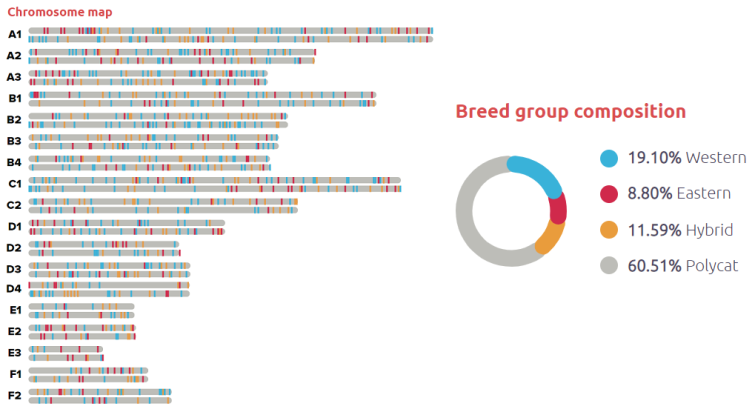
Figure 1: Example of a chromosome painting
The relationship between genotype and phenotype is so mysterious and fascinating, which is why we are dedicated to collecting both genotypic and phenotypic data. It is our goal to connect physical and genetic traits, initially leading to the most comprehensive understanding of your cat. Genes may lead to physical characteristics, but this is not a direct relationship by any means, so as our database grows, these connections will become more clear and easier to identify.
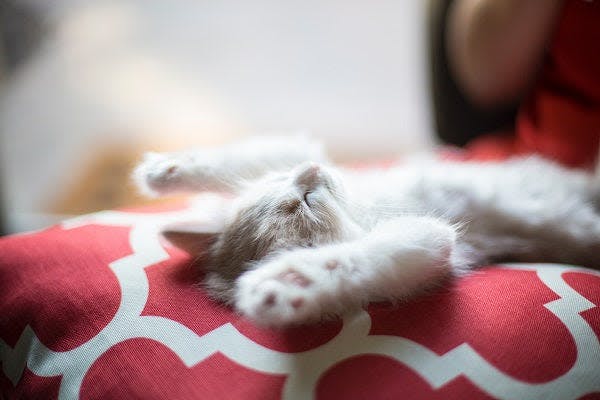
Sadly, feline genetics is largely understudied and underfunded. Even though the feline genome has been decoded, only a few of the physical traits and diseases have actually been linked to specific regions of the DNA. Our mission is to help push discoveries in these areas by creating one of the largest feline genetic research databases in the world.
Thank you for partaking in our research and for supporting us and our mission. In return, we cannot contain our excitement to share new features and discoveries with you! If you still have questions/suggestions or feedback regarding your report please don't hesitate to reach out to us directly or to meow@basepaws.com.
